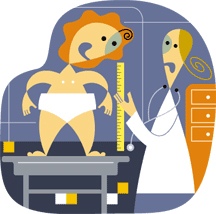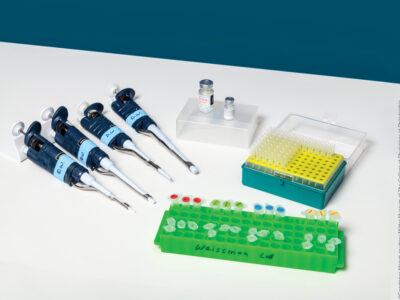
“Growth is really the single most important indication of a child’s health,” says Dr. Terri Lipman, associate professor of family and community health and a nurse practitioner in pediatric endocrinology. But while measuring that growth is non-invasive and “easily understood by children and parents,” it’s not always accurate. In fact, fewer than a third of U.S. children may be getting measured accurately, according to a three-year study conducted by Lipman and a team of researchers.
Those measurement mistakes can keep medical professionals from accurately identifying children with growth disorders and lead to inappropriate referrals to specialists for children who are, in fact, growing normally.
“It’s not difficult, but if you use inaccurate equipment or improper techniques, you can do it incorrectly,” explains Lipman, co-principal investigator of the study, which examined the measurement of 660 children in eight primary-care pediatric practices across the country. The sites included Albany, N.Y.; Galveston, Tex.; Miami; New Orleans; Philadelphia; Providence, R.I.; St. Louis; and St. Petersburg, Fla.
“I was surprised at how great some of the errors were,” Lipman says. On average, the measurements were off by about three-quarters of an inch, but in some cases the difference was as great as 4.5 inches—a considerable mistake, considering that a healthy child grows about 2.5 inches a year.
When pediatric endocrine nurses participating in the study demonstrated the proper measuring techniques and provided proper equipment, the number of children measured correctly at these sites “significantly improved,” rising from just 30 percent to 54 percent.
The study found that most children are measured standing with a floppy arm on a scale. Most who are measured lying down are measured by marking exam-table paper with a pen and measuring the marks in between with a tape measure. Both methods are inaccurate.
The correct equipment for measuring the height of children who are standing is a wall-mounted device with a headplate at a fixed right angle. Children two years and younger should be measured lying down on a recumbent infant length board.




